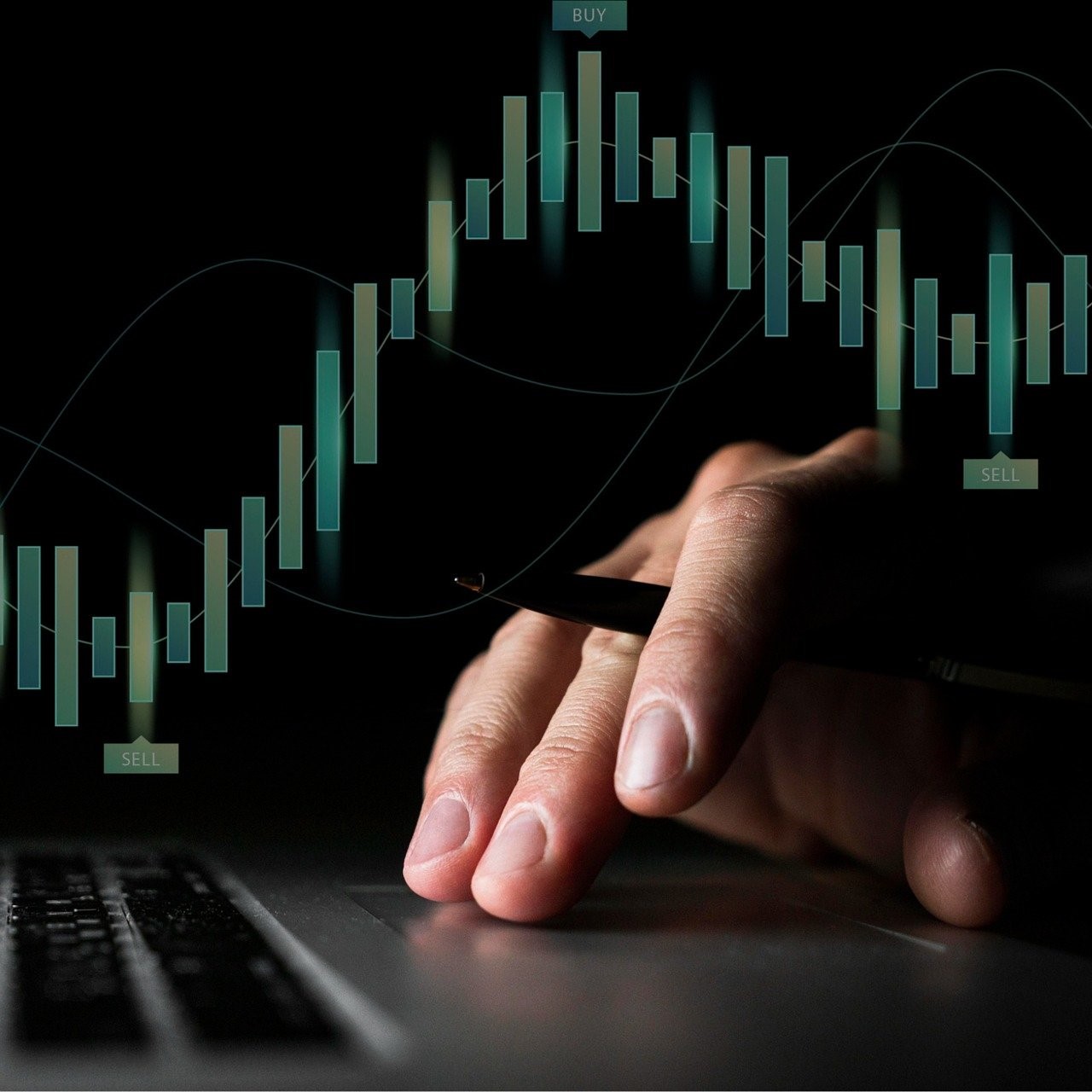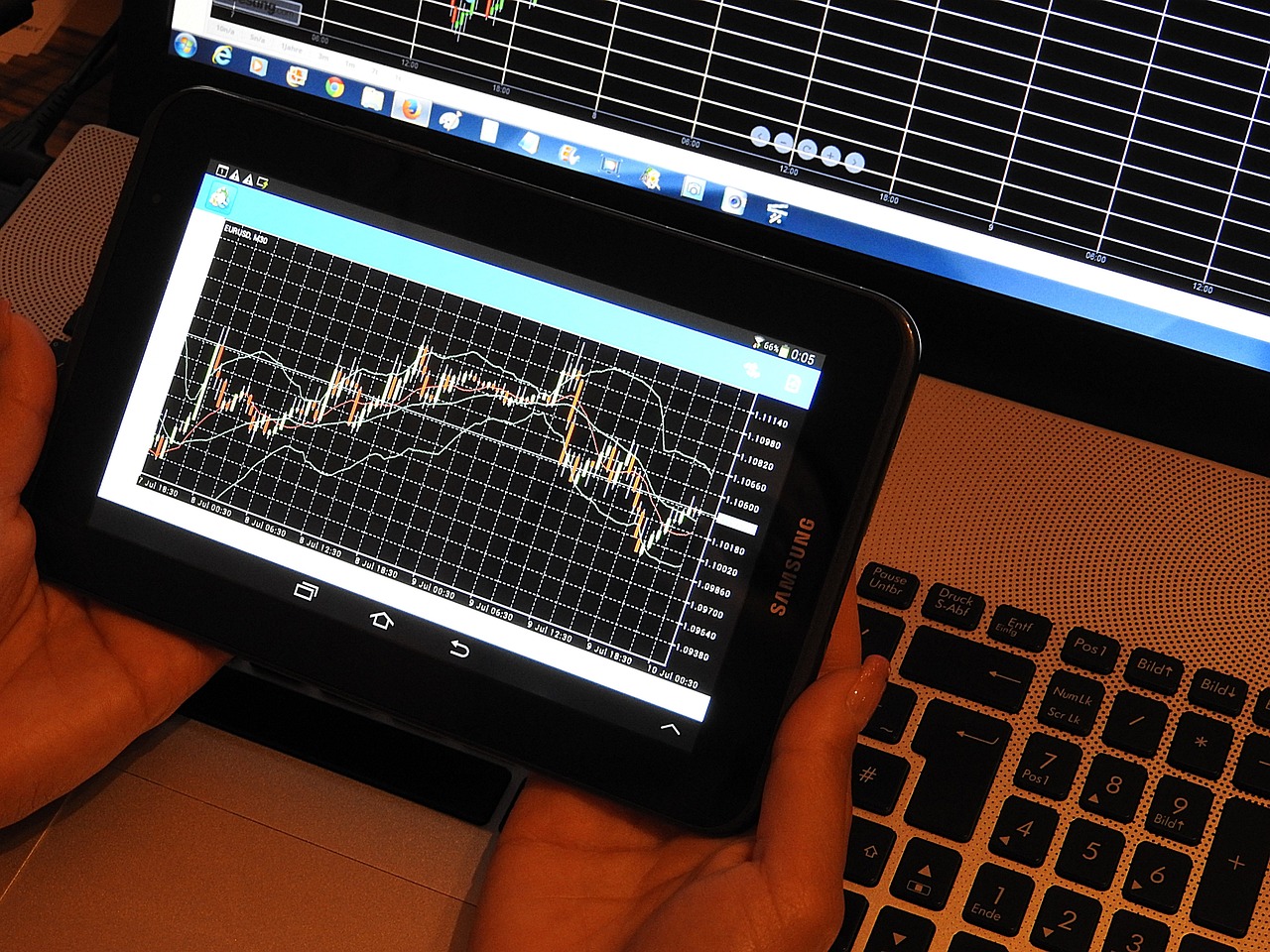Trading involving conversion of one currency for another is defined as Forex Trading. Forex is the largest and most well-known market, and it trades over $6 trillion daily. In this article from Forex Turtle, readers will learn How To Start Forex Trading Without Losing Money, as well as useful tips and tricks for trading in this market.
What Is Forex?
Forex trading entails using two currencies, most commonly known as pairs, like EUR/USD, which is the Euro concerning the US Dollar, or GBP/JPY, referred to as the British Pound concerning the Japanese Yen. As such, in Forex, trading means that you will be purchasing one currency alongside selling the other simultaneously, which is why currencies are sold in pairs. For instance, those who go for EUR/USD buy euros, and at the same time, they sell US dollars.
How Forex Works?
Forex operates hand in hand with different commercial banks, stock brokers, and all other institutions whose business ventures involve currency exchange. Unlike other stock markets, such as the New York Stock Exchange, the Forex market does not have an established physical location and operates all day, all week. Thus, prospects from all over the world can trade.
Major Currency Pairs.
Currency pairs can be divided into three main types:
- Major Pairs: The most traded pairs exemplify significant pairs like EUR/USD, USD/JPY, and the sets of GBP/USD. They have rare liquidation and also minimal bid-ask spreads.
- Minor Pairs: They don’t contain USD as the middle currency but cover instruments like GBP/EUR or AUD/JPY. They usually differ in liquidity from the majors by some margin.
- Exotic Pairs: These include one primary currency linked with a currency from an emerging country, such as USD/TRY EUR/SEK. As noted, exotic pairs often have more excellent spreads and higher volatility.
Bid and Ask Price
The bid price in Forex means that at this price, you can sell a currency pair, while the asking price means that at this price, you can buy a particular currency pair. The spread is the difference between the two prices above and remains one of the essential cost-driving parameters in Forex trading.
Leverage
Through leveraging, traders can trade with more people with little capital. For example, if a broker offers a leverage ratio of 100:1, a trader can manage a $100,000 position with only a thousand dollars. Leverage helps to increase profits; however, it also implies that debt increases losses. That is why risk management is crucial here.
Pips
A pip or percentage in point is the last digit or the fourth decimal in the quote of the currency pair. In most currency pairs, a pip is considered the fourth decimal place, or 01. In pairs like USD/JPY – a pip is the second digit of the quotation or 0.01. It is also essential for determining usable and real pips and calculating potential profit and loss.
Margin
Margin means the capital an investor deposits for a leveraged position. It holds your trades just in case they cannot be advanced as agreed in future transactions. It is crucial to keep a sufficient margin because otherwise, you will receive a margin call, and you either have to deposit more money or close your transactions.
Choosing a Forex Broker.
It, therefore, requires one to choose the right Forex broker who will determine their achievement in trading. Here are vital factors to consider:
- Regulation: Your broker should be regulated by a legitimate regulatory agency (FCA, SEC, ASIC, etc.) so your money will be safe and you will receive fair dealings.
- Trading Platform: Search for a trading platform with an intuitive interface and must-have indicators, graphs, and analysis instruments. Some popular platforms are MetaTrader 4 and 5.
- Spreads and Fees: Learn about the spreads different brokers offer, as they can heavily influence your trading expenses. Invest time and effort in understanding other charges, such as deposit, withdrawal, and maintenance fees.
- Customer Support: Registered user support is essential to solve problems quickly. You can check for availability using live chat, email, or phone.
- Account Types: Brokers now offer accounts that appeal to different trading strategies. Find accurate details about users based on your preferred trading style, whether day trading, swinging trading, holding period trading, or long-term trading.
Developing a Trading Strategy
One of the primary keys to success when trading in Forex is forming a sound trading plan. Here are some popular strategies to consider:
Day Trading
For intraday trading, they establish and sell the same position in a single day, making a short-term big profit on stock price changes. This strategy is excellent but requires a good knowledge of technical and fast decisions.
Swing Trading
Swing traders generate trades for several days to weeks to achieve long-term market deviations. They use a mix of technical and fundamental analysis.
Scalping
Scalping is a trading frequency strategy in which the trader seeks to earn income through a change in the price of an asset. Scalpers trade often within a day, which means they need a fast trading platform and knowledge of the market.
Trend Following
This approach means analyzing a particular market trend and investing in it correctly. Using charts, traders look for places to enter and exit, determined by technical indicators.
Risk Management
Risk management is crucial in Forex trading to protect your capital. Here are some fundamental principles:
Set Stop-Loss Orders
A stop-loss order can help close a given position if the market reaches a certain price level, thus curbing maximum losses. It is essential to set a stop-loss to manage your money correctly. Stop-loss is used to prevent further losses.
Use Position Sizing
Decide on the size of the capital to employ for every transaction, which should be at most 1-2 % of the trading account. This reduces the effects of large trades on the total portfolio, minimizing devastating losses.
Diversify Your Portfolio
Do not invest all your money in one trade or currency pair. The degree of diversification can lower risk and fluctuation of returns on the investment; diversification can be across pairs and classes.
Stay Informed
Examine current economic information and occurrences likely to affect Currency markets. News related to the major economic factors, decisions taken by the central bank, and changes in geopolitical situations can dramatically shift the market.
Conclusion
Forex trading is a process that can be helpful and lucrative simultaneously. Thus, awareness of elementary notions, methods, and approaches is essential to succeed in the constantly changing market environment. Any beginner must learn, work on the demo account, and gain some discipline in trading. Please remember that risk management is paramount; it’s money that you can afford to lose. Forex is relatively easy to trade once you are dedicated, disciplined, and have a clear trading strategy. Happy trading!





